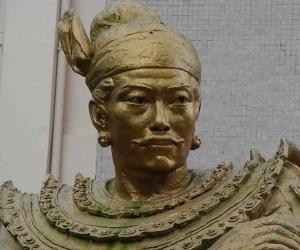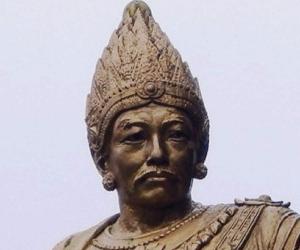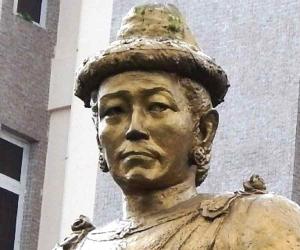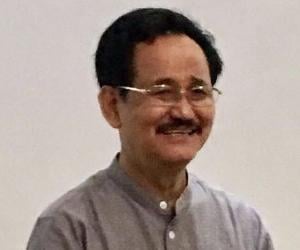1
Thibaw Min
(King)
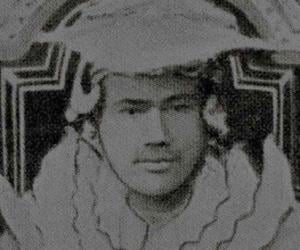
12
2
Birthdate: January 1, 1859
Sun Sign: Capricorn
Birthplace: Mandalay, Myanmar
Died: December 19, 1916
King Thibaw Min was the final ruler of the Konbaung dynasty in Burma (Myanmar) and the last monarch in the country's history. His reign came to an end after the Royal Burmese armed forces were defeated by the British Empire during the Third Anglo-Burmese War in November 1885. Following this defeat, Burma was officially annexed by the British Empire in January 1886. Thibaw Min's rule marked the conclusion of centuries of Burmese monarchy and the beginning of British colonial rule in the region.
